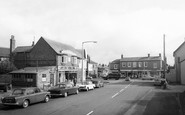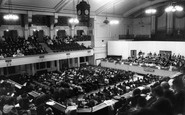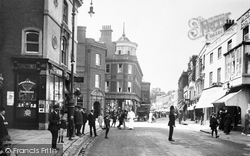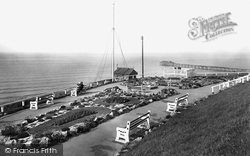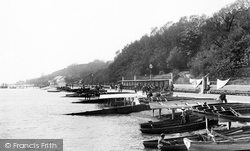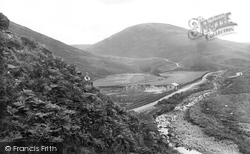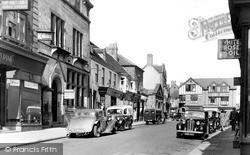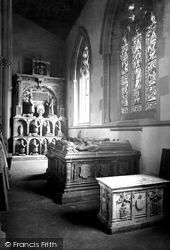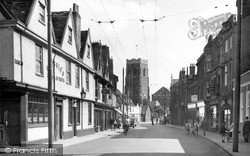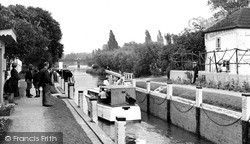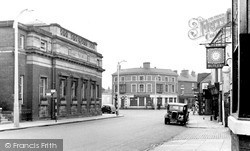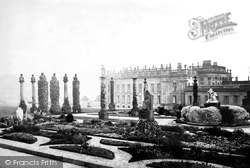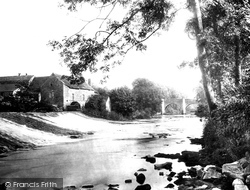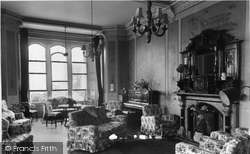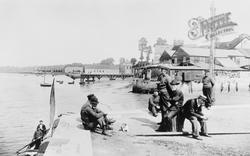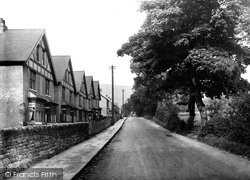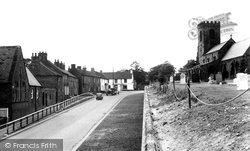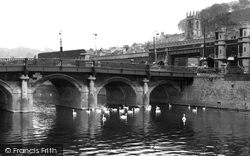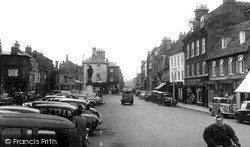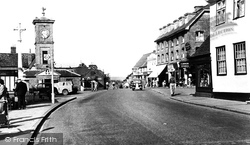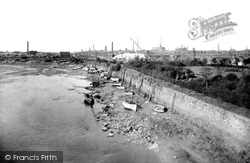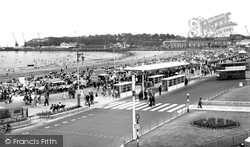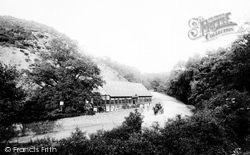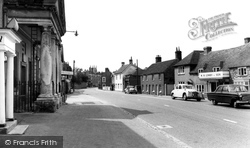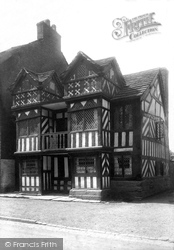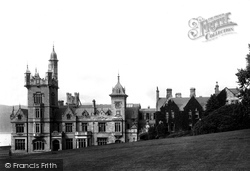Places
2 places found.
Those places high-lighted have photos. All locations may have maps, books and memories.
Photos
3 photos found. Showing results 201 to 3.
Maps
29 maps found.
Books
1 books found. Showing results 241 to 1.
Memories
1,365 memories found. Showing results 101 to 110.
Standon Life.
I had a wonderful childhood growing up in Standon. I went to the old school in Standon High Street. We walked across the road to have dinner in the village hall. We had the luxury of a swimming pool - outdoor changing rooms. We had drinking ...Read more
A memory of Standon by
Lancing Children's Convalescent Home.
In 1952 or 1953 I was a sickly 5 year old. I had 2 brothers, they were twins and one, unbeknown to me was dying of leukaemia. I was sent on a train with a lady and some other children, for a holiday in Lancing. I had ...Read more
A memory of Lancing
Coronation Day
My mother took short term housekeeping positions and in 1953 we lived in Westbrook House in Westbrook village, looking after Sir Edgar and Lady Ludlow Hewitt. He was a gentleman farmer and I sometimes drove around his land with him in ...Read more
A memory of Bromham in 1953 by
The Queen's Visit
I cannot be specific as to the date of the Queen's visit because I was very young at the time. On the left hand side of the road you can see what was at one time the post office but which later became a carpet shop. On the ...Read more
A memory of Little Sutton in 1956 by
School Dance Display
The Wyggeston Girls Grammar School put on a Dance display for Parents. I remember my mum & younger sister coming to watch and my friend and I took them to a local espresso bar afterwards. I also recall a visit with my dad to ...Read more
A memory of Leicester in 1960 by
Colindale The Early Years
I was born in the house on the corner of Woodfield Avenue and New Way Road in 1944 and lived there until the end of the 1970s. My birth was in fact on Friday the 13th of October, which coincided with the dropping of a V2 ...Read more
A memory of Colindale in 1958 by
Boyhood Memories From 1952
It was around this time that the tram lines were taken up from Sunderland Road in Gateshead. The men stored the old lines in Somerset Street and Devonshire Street. As boys we would dig up the tar from around the streets ...Read more
A memory of Gateshead in 1952 by
Looking Back To The Early Days
I was born in rented 'rooms' at Wordsworth Road in 1936 and came to move with my parents to five different addresses at Easington before I moved away from the area, when I married in 1963. But although my ...Read more
A memory of Easington Colliery in 1900 by
A Farm Workers Daughter In Dunsyre
Dunsyre was my first school, there were only 7 children in the whole school, myself and my two brothers all went there. I loved my teacher, she showed me great kindness, her name was Miss Low, I will never forget ...Read more
A memory of Dunsyre in 1954 by
Porters Lodge Doune
I have been researching my great-grandfather. I found out that he was born at The Porters Lodge, Doune in 1848. His name was John Bilton and his father, Thomas Bilton, was a gamekeeper on the Doune Estate. My great-grandfather ...Read more
A memory of Doune in 1860 by
Captions
918 captions found. Showing results 241 to 264.
Here we see the flat-fronted Georgian buildings interspersed with Victorian and Edwardian ones that gave Maidenhead a distinctive character.
To the right of the picture we can see the pier, and it is clear that the storm damage of 1927 has now been repaired and the end of the pier has been reconnected.
Here we see the central beach in the last years of the 19th century. Southend has seven miles of 'front'.The old pier is visible on the left.
This lovely view was taken just a few miles north of Dunsop Bridge.We can see the tiny River Brennand running down to join the Whitendale River to make the River Dunsop, which gives the town its
In this picture we can already see the growth of the congestion that was soon to become a problem in the centre of the town.
Here stand the monuments to Sir John Manners and Dorothy Vernon; and at the eastern end of the chapel we can see the monument to Sir George Manners, who died in 1623, and his wife Grace Pierrepoint
Here we see the tell-tale power lines which show that trolley buses are still operating. The first ones started running in 1923, and carried on until 1963.
The lockkeeper rushes back, ice cream in hand (right), to see the small cruiser safely through the lock.
In the centre we can see the Grapes public house, and to the right is the sign for the Sun Inn, behind which was a smithfield, or cattle market.
Here we see the east front of Chatsworth from the French Gardens, now with pillars removed and known as the Rose Garden.
Here we see the old bridge and the mill.
To the left, we can just see the church spire amongst the trees. Beyond is the Leven estuary entering Morecambe Bay.
Regular cruises take enthusiasts down-river to see the famous avocets on the river's mud banks. These fisherfolk and boat- men share a rare idle moment in a busy day.
In the background we can see the rocky gritstone escarpment of Bamford Edge.
Here we see the 15th-century church of St Helen. Richard Scope was once rector here before he joined Northumberland's rebellion in the 14th century.
Here we see the Old Bridge just before its replacement by the present bridge; its ironwork superstructure cantilevered the footways out over the river.
Looking up the Market Place towards St Andrews Church in the distance, we see the statue of Oliver Cromwell, who farmed here briefly before the Civil War.
Looking north into the distance, one can see the oncoming, creeping tide of housing development which now links Hoddesdon, Cheshunt and Broxbourne together.
Here we see the Albert Edward Dock basin, looking from the entrance towards the town. Amongst the cargo which was being unloaded here in our picture would have been timber, flax and china clay.
Here we see the southern end of the sands on a very crowded day in the 1950s, with the cranes of the harbour and Nothe Fort in the distance.
The Refreshment Pavilion (see the writing on the roof) served walkers visiting the Wrekin, one of the finest viewpoints in Shropshire.
Here we see the sturdy porticoed front of Botley's famous Market Hall, built in 1848.The turret and clock above were erected by local parishioners to commemorate Queen Victoria's Diamond Jubilee in
Besides the smart façade, one can also see the side wall, with enough evidence in the timber work to suggest that once the building was lower, and the attic floors are a later addition.
Here we see the Shandon, a large hydropathic establishment which stands in its own grounds.
Places (2)
Photos (3)
Memories (1365)
Books (1)
Maps (29)



